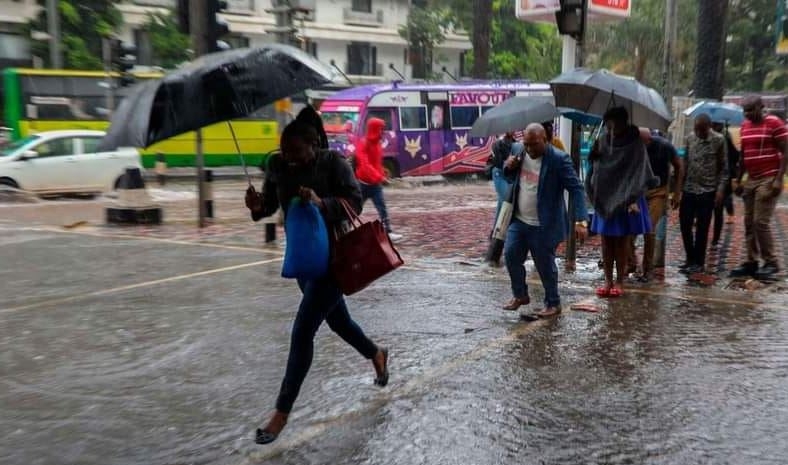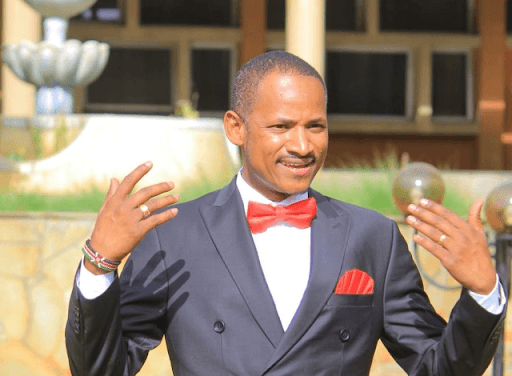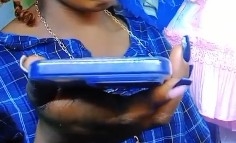Veteran journalist Margaretta wa Gacheru, who died this month at 74 years old, had a 50-year love affair with Kenyan arts. She covered the creative sector for decades, exuding an energy and dedication that belied her small frame. For many people, Margaretta is the only byline they know when it comes to arts reporting.
A stalwart of the arts, she was deeply embedded into the Kenyan arts ecosystem and was known in most galleries, theatres, performance halls and work studios. Extensive years of covering the arts meant she possessed an enviable historical knowledge of the industry. She became acquainted with many of the personalities of the Kenyan arts world on a first-name basis, and easily travelled down memory lane to recall people, places and events from years ago.
Many first-timers were surprised to discover that Margaretta was a small, slender White woman with a quick smile. Nevertheless, she was thoroughly integrated into Kenyan life and did not claim any privilege from her American roots. It was quite normal for her to be seen buzzing around town on matatus and boda bodas, covering several art events in a week, sometimes in a single day. In her early years in Nairobi, Margaretta owned a Vespa bike and said she loved scooting around town on it from her home in Eastlands.
ACADEMIC GIANT
Born in Chicago in 1949, Margaretta Swiggert arrived in Kenya in 1974 as a student through a Rotary Club fellowship, one of the few women to earn the scholarship. She hoped to enrol for a Master’s in African Literature at the University of Nairobi (UoN) while here, but her academic journey in Kenya was not straightforward.
Apparently, Ngugi wa Thiong’o, head of the literature department, was unimpressed with her credentials. Fortunately, Prof Micere Mugo in the same department intervened to get her registered. Nevertheless, Margaretta had to first enrol into an undergraduate literature study before pursuing a Master’s degree in the same field.
Ultimately, Margaretta would end up with seven degrees from Kenya and the US, including three master’s and a PhD. Her first degrees were in sociology and education, and she taught in several schools in the US and also taught journalism at the Kenya Methodist University. However, she preferred the practice of journalism as it gave her the opportunity to move around, discover, meet people and write about new things.
Her days at the University of Nairobi exposed her to Kenyan dramatists, albeit at the student level, and brought her into contact with renowned African thespians and writers such as John Ruganda, Okot P’Bitek and John Sibi-Okumu. She remained an avid follower of Kenyan theatre all her life.
It was also at UoN that she met her future husband, a Kenyan literature student called Gacheru wa Migwi who charmed her with his great sense of humour and his social and cultural intelligence. They were married in 1978 and had a son called Migwi, who is based in the US.
CREATIVE INTEREST
Since her student days at UoN, Margaretta was very attuned to the African creative sector. In the 1970s post-Independence period, Kenyans were finding their voice in performing and visual arts at a time when the field had hitherto been dominated by the British class.
Margaretta was an expatriate but it helped that she had an academic background in the arts and took a genuine interest in the demographic that was going to dominate Kenyan arts in the future.
Margaretta credits her two years at the University of Nairobi with giving her the grounding to become an arts writer and commentator. Her first major arts reporter job was at the Nairobi Times under Hilary Ng’weno, who later became the first Kenyan editor-in-chief of the Daily Nation. Ng’weno challenged her to cover all the arts, not just theatre, and from a Kenyan perspective. This prompted her to seek out visual artists, of whom she knew little, eventually honing her knowledge of this sector into an art.
There was no shortage of visual arts stories to cover, and it became her other favourite topic and what many people eventually knew her for. Margaretta’s PhD dissertation from Loyola University in Chicago was on Globalisation of the African renaissance, which looked at the transformation of Kenyan culture since 1960 through the lens of contemporary arts and the jua kali sector.
WIDELY PUBLISHED
Over the years, she contributed articles to the Weekly Review, Kenya Times, Men Only and other publications. From 1999, she was a feature writer for the Nation Media Group, most recently as a weekly columnist for the Business Daily, covering visual arts, culture, theatre, literature and film. Her other interests were social affairs and women’s issues. She covered the World Conference on the Status of Women by the UN, held in Nairobi in 1985, which attracted top female personalities from around the world.
Not all of Margaretta’s writing was well received. Though she hated to be called an ‘art critic’, her commentary was sometimes viewed as scathing, even as she aimed to be analytical and appraising of the work. At times, the fact-checking was sloppy, which did not go down well with artists.
Nevertheless, she brought to readers the current affairs in the local arts and drama scene, particularly in the days before the Internet. Remarkably, she remained relevant even as digital media emerged and evolved. Though other commentators have arisen over the years, few exhibited the endless energy and drive of Margaretta.
Besides arts journalism, Margaretta was involved in the KITFest (Kenya International Theatre Festival) to enhance local talent in directing, acting and producing. She was on the jury of the Kenya Theatre Awards. Margaretta also produced the annual Kenya Arts Diary, an arts calendar-cum-diary that was started in 2010 by Nani Croze, founder of Kitengela Hot Glass.
Margaretta joined the Diary team in 2013 and coordinated its production until 2020, when the pandemic happened and the necessary finances were not forthcoming. Fortunately, the Diary was revived again in 2023, when Margaretta joined hands with artist Niketa Fazel and private investors.
Margaretta dedicated her life to documenting art, it was her passion. I dare say it was her raison d'être. I last met her on August 4 at Red Hill Art Gallery, just days before her demise, at an art exhibition of the late Charles Sekano of South Africa. Sekano was resident in Kenya for several years during the apartheid era and naturally, Margaretta would have covered his career.
After chatting with other guests in the garden, Margaretta spent a considerable amount of time inside the gallery, quietly viewing the art and jotting notes, the only sound coming from the oxygen concentrator she was now walking around with. Indefatigable to the end.















